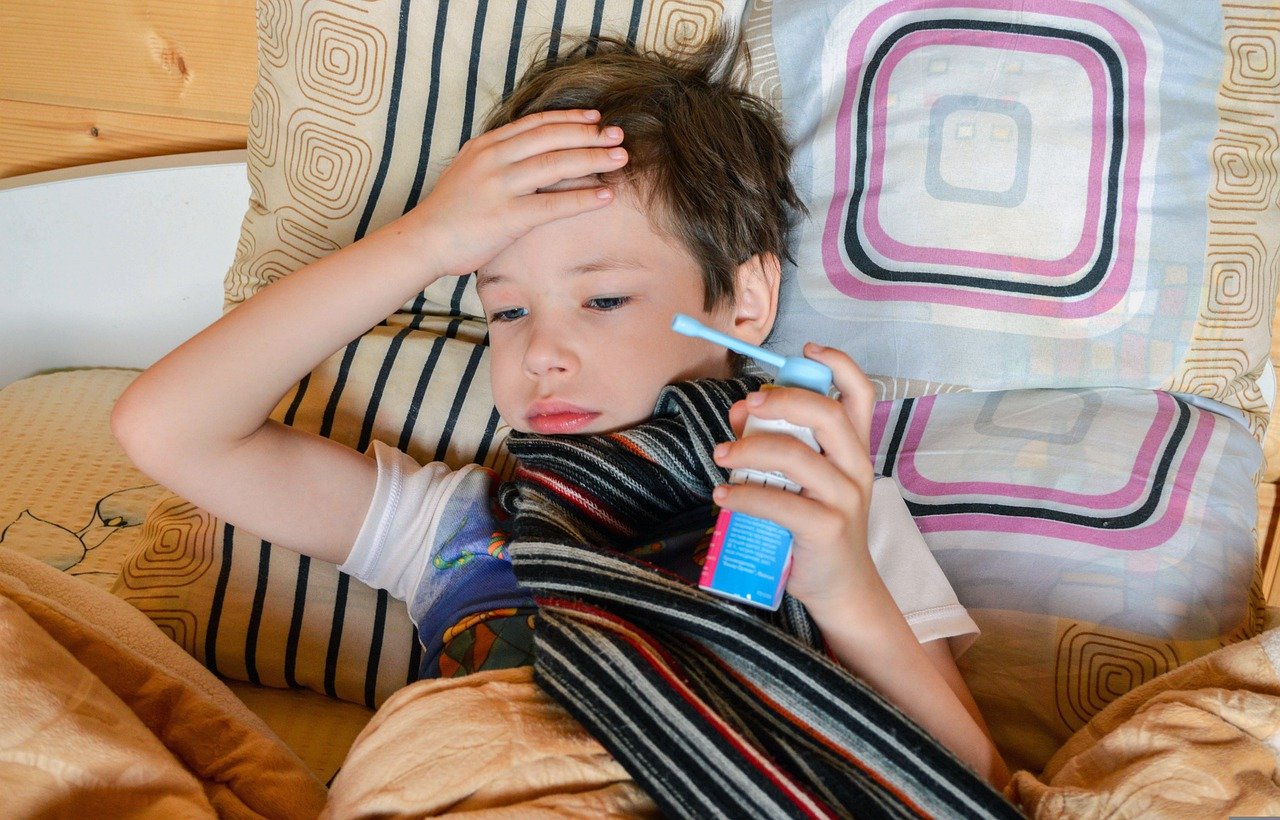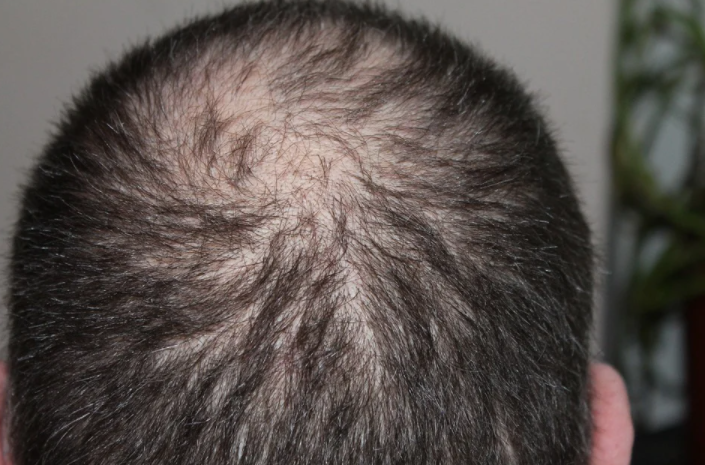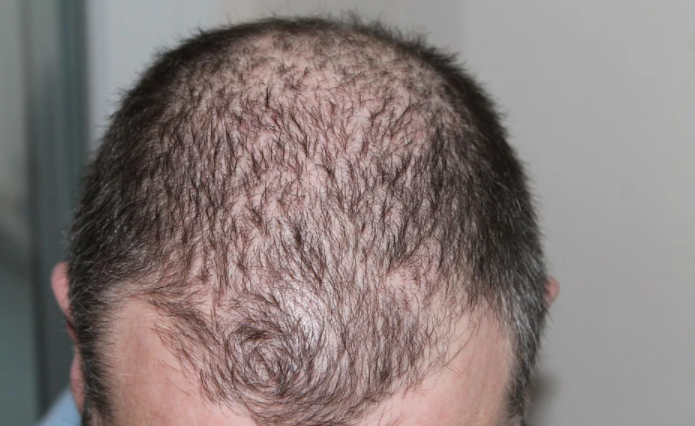Most Common Macronutrient Deficiencies and How to Treat Them
Macronutrients are essential for human health. In short, macronutrients include proteins, fats, calories, and carbohydrates. They provide the body with energy and play a role in many biological processes. Unfortunately, many people are deficient in one or more of these nutrients. It’s even worse since they don’t know or have access to get the right supplements they need. Some even don’t know how to take supplements in general. Today’s post will guide you through the three most comamon macronutrient deficiencies and how to treat them. Let’s get started.
Stunting
Stunting is the most common form of malnutrition. It’s a condition that affects children under the age of five. According to the World Health Organization, stunting is defined as a child whose height is more than two standard deviations below the average in their age for their reference population.” In other words, a stunted child is too short for their age. Lack of proper macronutrient intake is the leading cause of stunting. Stunted growth can have several consequences. It can lead to problems with cognitive development and learning and increase the risk of developing chronic diseases in adulthood.
In fact, stunting has been linked to an increased risk of heart disease, and diabetes is the primary cause of stunting. So what are the best treatment options for stunting? The first step is to identify the cause of the problem. Supplements may be necessary if the child is not getting enough calories, protein, or other essential nutrients. In some cases, fortifying foods with micronutrients may be enough to correct the deficiency. For example, adding iron to flour can help prevent iron deficiency anemia.

Marasmus
Marasmus is not as common as stunting, but it still affects millions of children worldwide. Marasmus is a condition that is caused by severe malnutrition. It’s characterized by muscle wasting and extreme weight loss. Children with Marasmus often have a distended belly due to a lack of nutrients. This can lead to problems with organ function and an increased risk of infection. Marasmus is usually caused by a lack of calories. Still, it can also be caused by a lack of other essential nutrients like protein, vitamins, and minerals. The best treatment for Marasmus is to identify the cause of the problem and correct it. If the child is not getting enough calories, supplements or fortifying foods with micronutrients may be necessary. In some cases, hospitalization may be required to treat the child.
Kwashiorkor
The next form of malnutrition we will discuss is Kwashiorkor. Kwashiorkor is a protein deficiency that primarily affects children in developing countries. It’s characterized by an enlarged liver, edema, and skin changes. Children with Kwashiorkor often have a distended belly due to a lack of nutrients. The treatments may be similar to those of Marasmus. In some cases, hospitalization may be required to treat the child.
So what’s the bottom line? The three most common macronutrient deficiencies are stunting and Marasmus, and Kwashiorkor. Each of these conditions can have serious consequences. If you …




 There are still many remedies available on the market that counteract DHT and prevent it from entering the pores. The main treatments available on the market are drugs like Finasteride or Propecia, Minoxidil, and the new second-generation baldness drug, Proxidil. Trials are also underway with dutasteride and ketoconazole, but as of 2010, the FDA has not approved these two drugs to treat androgenetic alopecia. Among those three medicines, many believe that Finasteride is the most efficient and effective treatment for this hair loss. Many people have already proved the benefits of it.
There are still many remedies available on the market that counteract DHT and prevent it from entering the pores. The main treatments available on the market are drugs like Finasteride or Propecia, Minoxidil, and the new second-generation baldness drug, Proxidil. Trials are also underway with dutasteride and ketoconazole, but as of 2010, the FDA has not approved these two drugs to treat androgenetic alopecia. Among those three medicines, many believe that Finasteride is the most efficient and effective treatment for this hair loss. Many people have already proved the benefits of it.